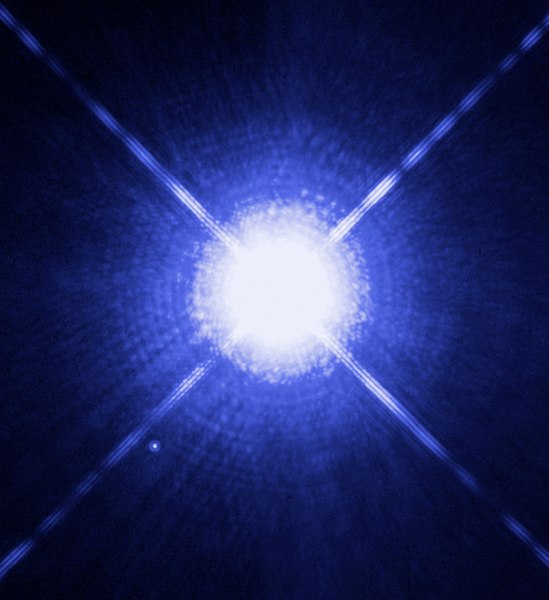HD 106906 is a binary star system in the southern constellation of Crux. It is too faint to be visible to the naked eye, having a combined apparent visual magnitude of 7.80. The distance to this system is approximately 337 light years based on parallax, and it is receding from the Sun with a radial velocity of +10 km/s. It is a member of the Lower Centaurus–Crux group of the Scorpius–Centaurus OB association of co-moving stars.
Edge-on disc of gas and dust present around the binary star system HD 106906
A binary star or binary star system is a system of two stars that are gravitationally bound to and in orbit around each other. Binary stars in the night sky that are seen as a single object to the naked eye are often resolved using a telescope as separate stars, in which case they are called visual binaries. Many visual binaries have long orbital periods of several centuries or millennia and therefore have orbits which are uncertain or poorly known. They may also be detected by indirect techniques, such as spectroscopy or astrometry. If a binary star happens to orbit in a plane along our line of sight, its components will eclipse and transit each other; these pairs are called eclipsing binaries, or, together with other binaries that change brightness as they orbit, photometric binaries.
The well-known binary star Sirius, seen here in a Hubble photograph from 2005, with Sirius A in the center, and white dwarf, Sirius B, to the left bottom from it
Edge-on disc of gas and dust present around the binary star system HD 106906
Artist's conception of a cataclysmic variable system
Artist's impression of the binary star system AR Scorpii




